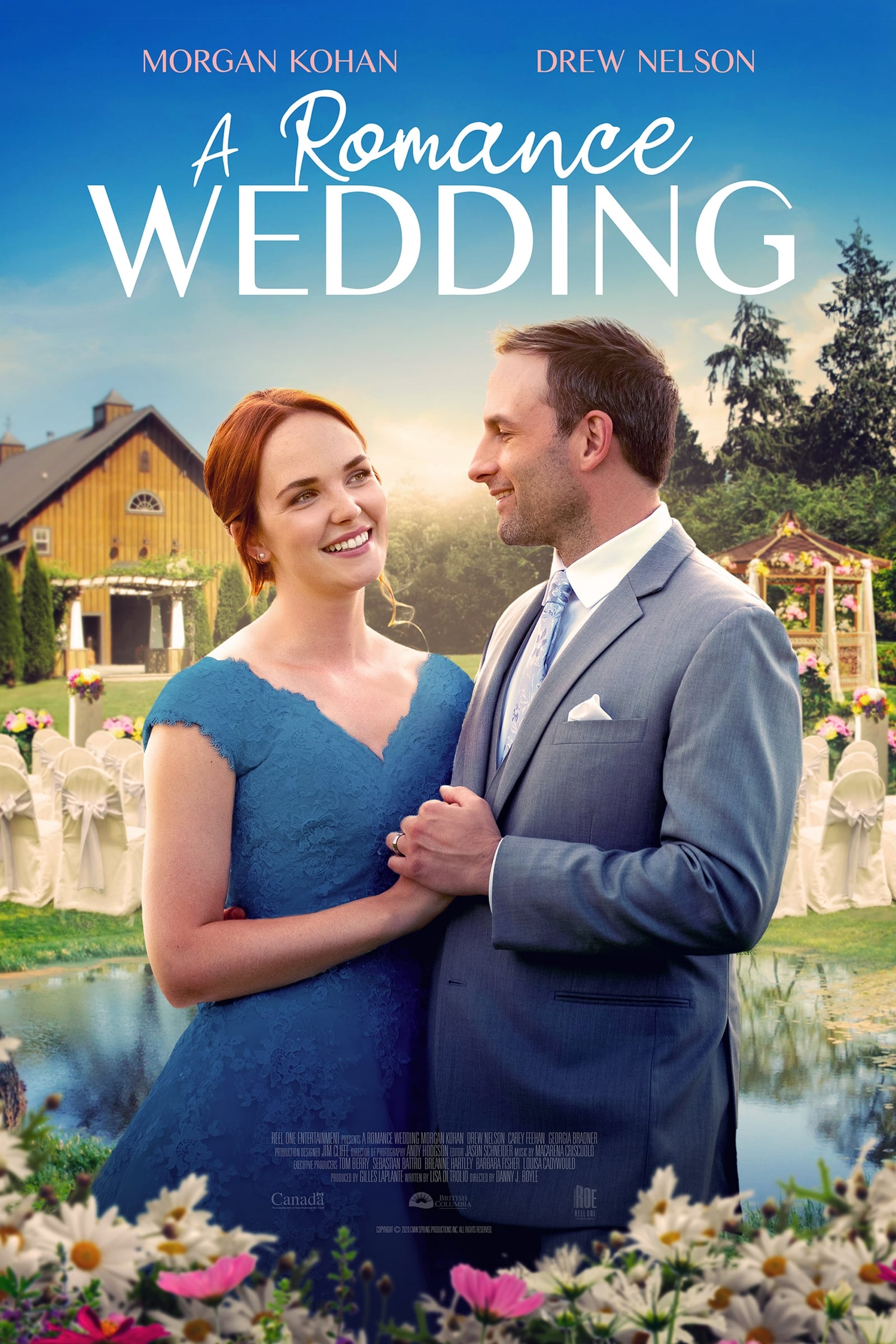![Jacob Reuven - Vivaldi & Piazzolla: The Mandolin Seasons (2022) [FLAC 24bit/96kHz] Download](https://imghd.xyz/images/2023/09/06/dpbbk1h8bwrkb_600.jpg)
Jacob Reuven – Vivaldi & Piazzolla: The Mandolin Seasons (2022)
FLAC (tracks) 24 bit/96 kHz | Time – 01:07:53 minutes | 1,30 GB | Genre: Classical
Studio Masters, Official Digital Download | Digital Booklet, Front Cover | © Hyperion
A mandolin for all seasons: accompanied by accordion, harpsichord and a backing band drawn from the strings of the Gewandhausorchester Leipzig, Jacob Reuven brings us Vivaldi’s and Piazzolla’s ‘Seasons’ as you’ve never heard them before.Taught the violin his by father, Vivaldi trained for the priesthood in the family’s local parish of San Martino in the Castello district of Venice. Nevertheless, by the time he was ordained as a priest on 23 March 1703 (aged twenty-five) he had long since made his first documented public performance as an extra violinist at St Mark’s in Christmas services (in 1696). It was also in 1703 that he was recruited as a tutor of several string instruments at the Ospedale della Pietà, one of Venice’s four ‘Ospedali Grandi’ renowned for the advanced musical abilities of foundlings and orphans, and with which he had an on-and-off association for the rest of his life. By about 1706 ‘The Red Priest’ ceased to say Mass, later claiming that this was on account of chronic asthma—which, it must be noted, never stopped him from undertaking numerous rigorous journeys (to Florence, Rome, Prague and Vienna) in pursuit of opera commissions.
While it is tempting for us to assume that most of Vivaldi’s creative energies as a performer-composer were concentrated on either the Pietà or the opera house, many of his diverse concertos must have originated elsewhere. During his lifetime twelve sets of chamber and orchestral music were printed with opus numbers. The first two sets—the Op 1 trio sonatas (1705) and Op 2 violin sonatas (1709)—were both published in Venice, but thereafter all of Vivaldi’s printed collections were produced in Amsterdam. L’estro armonico (‘Harmonic whim’, Op 3, 1711) and La stravaganza (‘Extravagance’, Op 4, 1716) appear to have been close collaborations with the Huguenot refugee Estienne Roger (1665/6-1722). However, it appears that the next three Vivaldi opuses were organized by the engraver and printer without the composer’s involvement, but featuring the imprint of Roger’s daughter Jeanne (1701-1722): a collection of solo and trio sonatas (Op 5, 1716), six violin concertos (Op 6, 1719), and twelve concertos for various instruments (Op 7, 1720, featuring at least three spurious works).
In the mid-1720s Vivaldi recommenced a closer partnership with Roger’s son-in-law and eventual successor Michel-Charles Le Cène (1683/4-1743, married to Roger’s elder but less favourite daughter Françoise). The first fruit of this renewed contact between Venice and Amsterdam was the publication of Il cimento dell’armonia e dell’inventione (‘The test of harmony and invention’, Op 8, 1725), comprising twelve violin concertos in four and five parts—the first four of them constituting Le quattro stagioni. Vivaldi dedicated the collection to Count Wenzel von Morzin (1675-1737), who was Lord Chamberlain to the Holy Roman Emperor Charles VI and a distant cousin of Haydn’s first employer Karl Joseph Franz Morzin. Most likely the Red Priest’s first patron north of the Alps, the Bohemian nobleman accompanied his two sons on their Grand Tour in 1718, when he probably first met Vivaldi in either Venice or Mantua. Morzin employed an orchestra at his main residence in Prague, and the count’s household accounts confirm that he certainly received concertos from the composer from 1719 until about 1728; his short-term resident music director Johann Friedrich Fasch apparently took copies of several Vivaldi concertos with him when he moved to become Kapellmeister at the Zerbst court in 1722, and in 1723 the count passed some on to Duke Anton Ulrich of Saxe-Meiningen (a nephew of Charles VI, and later also one of Vivaldi’s patrons).
Vivaldi identifies himself on the title page of Op 8 as the holder of three prestigious positions: Count Morzin’s ‘maestro di musica in Italia’ (presumably sending fresh compositions to Prague on an occasional basis), ‘maestro di concerti’ of the Ospedale della Pietà (the concertos are unlikely to have any connection to Vivaldi’s shifting connections with the Venetian institution), and ‘maestro di capella da camera’ to Prince Philip of Hesse-Darmstadt (a role Vivaldi appears to have fulfilled in 1718-20 during the prince’s period as imperial governor of the Duchy of Mantua). The composer’s dedicatory epistle reveals that his relationship with Morzin had already existed ‘for many years’, and that Le quattro stagioni had been received by the count and his ‘most accomplished orchestra’ some time ago. Vivaldi’s preface observed meekly:
Pray do not be surprised if, among these few and feeble concertos, Your Most Illustrious Lordship finds the Four Seasons which have so long enjoyed the indulgence of Your Most Illustrious Lordship’s kind generosity, but believe that I have considered it fitting to print them because, while they may be the same, I have added to them, besides the sonnets, a very clear statement of all things that unfold in them, so that I am sure that they will appear new to you.
Seemingly not always part of Le quattro stagioni when the concertos had been first disseminated in manuscript copies, each sonetto dimostrativo had seven or eight letters printed in the margins (except the complex imagery in ‘Winter’, which has twelve), and these were associated with cues, quotations from the verse, and extra rubrics in the part-books—not only in the principal violin part, but also sometimes elsewhere (for instance, the viola part clarifies that a dog is barking next to a sleepy shepherd).
The anonymous authorship of the sonnets has led to understandable but unprovable speculation that Vivaldi was their author. Nevertheless, the poems are somewhat clumsy in their literary fluency, and certain terms are blatantly in Venetian dialect or spelling. Paul Everett has pointed out that the balanced contrasts of moods and details in the depictions of humankind’s nuanced places within nature have some coincidental parallels with John Milton’s early poems L’allegro and Il penseroso (written in the early 1630s), juxtaposing mirth and melancholy. In a nutshell, ‘Spring’ and ‘Autumn’ show nature to be idyllic and nurturing to rural people (Arcadian shepherds and shepherdesses in ‘Spring’, bucolic hunters and Bacchian revellers in ‘Autumn’), whereas there is relative realism in the turbulence and destruction of ‘Summer’ (an individual’s futility in the face of a violent storm that destroys the year’s crops). In conclusion, ‘Winter’ shows that despite bitter cold, rain or freezing conditions, people can enjoy the pleasure of sitting inside by a roaring fire, or the giddy exhilaration of ice-skating (occasionally possible in Venice when the lagoon froze during severe winters).
The four seasons had already been depicted musically in Christopher Simpson’s fantasia suites for viol consort and basso continuo (composed in the early or mid-seventeenth century), Jean-Baptiste Lully’s Ballet des saisons (Fontainebleau, 1661), Henry Purcell’s masque of the seasons in Act IV of The Fairy Queen (London, 1692), and Reinhard Keiser’s serenata Pomona (Hamburg, 1702), and, after Vivaldi’s iconic concertos, the subject continued to serve as inspiration for Christoph Graupner’s harpsichord partitas Die vier Jahreszeiten (Darmstadt, 1733), Francesco Durante’s harpsichord sonatas Le quattro stagioni dell’anno (Naples, 1747), and Haydn’s late oratorio Die Jahreszeiten (Vienna, 1801). Moreover, the topoi of pastoral frolics, violent storms, the pleasure of hunting (and recreational alcohol), and chilling frozen realms were already a range of subjects suitable for composers in Italy, France and England long before Vivaldi turned to them in the early 1720s.
Over two centuries later, the concept inspired Las cuatro estaciones porteñas by Astor Piazzolla, although the climate and weather of the seasons function differently in the southern hemisphere—when it is winter in Venice, it is summer in Buenos Aires. The son of Italian immigrants to the Argentinian seaport Mar del Plata, when Piazzolla was three years old his family relocated to New York, where his formative years were inspired by not only the jazz clubs of Harlem (Duke Ellington, etc.) but also a Hungarian neighbour Bela Wilde, who had studied piano with Rachmaninov. The teenager soon worked out how to arrange and play Bach on the bandoneon (a square-built accordion that usually has two reed banks, with thirty-eight buttons for the high and medium registers, and thirty-three for the lower register). The family returned to Argentina in 1937, eventually settling in Buenos Aires, where the young bandoneon prodigy played with the orquesta típica of Aníbal Troilo (1914-1975) until 1944.
Encouraged by the pianist Rubinstein, Piazzolla studied with Alberto Ginastera, and formed the Orquesta del ’46 to play his own compositions. In 1954 he won a scholarship to study for one year in Paris with Nadia Boulanger, who, upon hearing her pupil play a tango on the bandoneon, encouraged him to embrace his true artistic identity rather than pretend to be someone else. Upon returning to Buenos Aires, his experiences and interests in fugue, chromaticism, dissonance, jazz, popular music culture, contemporary classical composition and traditional Argentinian music fused together to create nuevo tango (‘new tango’). Piazzolla reminisced:
I had two great teachers: Nadia Boulanger and Alberto Ginastera. The third I found in a cold room in a boarding house, in the cabarets in the 1940s, in the cafes with balconies and orchestras, in the people of yesterday and today, in the sound of the streets. That third is called Buenos Aires: it taught me the secrets of tango.
Unlike Vivaldi’s seemingly coherent set envisaged as an interconnected cycle, the four pieces in Las cuatro estaciones porteñas originated separately between 1965 and 1970 as individual short works—all of them featuring explicit quotations from Vivaldi. ‘Verano porteño’ (‘Summer for those from Buenos Aires’) originated as incidental music for Alberto Rodríguez Muñoz’s play Melenita de oro in August 1965 (composed overnight during a trip back from Brazil in readiness for the next day’s recording session). ‘Otoño porteño’ (‘Autumn’) was composed in 1969, while ‘Invierno porteño’ (‘Winter’) and ‘Primavera porteña’ (‘Spring’) were both written in 1970, the year in which the first performance of all four pieces programmed together was given at the Teatro Regina in Buenos Aires by Quinteto Nuevo Tango—Piazzolla’s own ensemble, founded in the early 1960s, that comprised violin, piano, electric guitar, double bass, and was led by the composer playing bandoneon. (This recording adapts an orchestral arrangement by the Ukrainian composer Leonid Desyatnikov prepared between 1996 and 1998.)
An earlier concert by Quinteto Nuevo Tango at New York’s Philharmonic Hall on 26 May 1965 was reviewed perceptively by Robert Shelton in The New York Times; he described that ‘sometimes the quintet sounded like a 1920-ish ballroom dance band, then like a Chico Hamilton/Fred Katz modern jazz combo, then it suggested a classical quintet turning from chamber music to bossa nova’. Five years after the composer’s death, The New York Times published an astute appraisal (16 January 1997) by critic Jon Pareles:
[Piazzolla] was Argentina’s equivalent of Gershwin or Ellington. His compositions carry the tango to the concert stage, using the sultry melodies and the insinuating pulse of the tango as a basis for the fantasias and fugues laced with twentieth-century dissonances. In many of Piazzolla’s works a restless, craggy first theme gives way to a yearning second one; the music starts out imperious, then reveals its tender heart.
It is these characteristics of experimentation with colour, atmosphere and emotional music-making that have guided decisions made by conductor Omer Meir Wellber (directing from either the harpsichord or the accordion) and virtuoso mandolinist Jacob Reuven, which are comparable to fusion cooking—a mixture of different traditions producing creative yet complementary new recipes that bring Vivaldi and Piazzolla closer together in an alternative universe.
Tracklist:
1-01. Leipzig Sinfonietta – Vivaldi: The Four Seasons, Violin Concerto in F Minor, Op. 8/4, RV 297 “Winter” (Arr. Reuven for Mandolin): I. Allegro non molto (03:31)
1-02. Jacob Reuven – Vivaldi: The Four Seasons, Violin Concerto in F Minor, Op. 8/4, RV 297 “Winter” (Arr. Reuven for Mandolin): II. Largo (02:00)
1-03. Leipzig Sinfonietta – Vivaldi: The Four Seasons, Violin Concerto in F Minor, Op. 8/4, RV 297 “Winter” (Arr. Reuven for Mandolin): III. Allegro (03:25)
1-04. Jacob Reuven – Piazzolla: Las cuatro estaciones porteñas (Arr. Reuven for Mandolin): II. Invierno porteño “Winter in Buenos Aires” (06:58)
1-05. Leipzig Sinfonietta – Vivaldi: The Four Seasons, Violin Concerto in E Major, Op. 8/1, RV 269 “Spring” (Arr. Reuven for Mandolin): I. Allegro (03:30)
1-06. Leipzig Sinfonietta – Vivaldi: The Four Seasons, Violin Concerto in E Major, Op. 8/1, RV 269 “Spring” (Arr. Reuven for Mandolin): II. Largo e pianissimo sempre (02:35)
1-07. Jacob Reuven – Vivaldi: The Four Seasons, Violin Concerto in E Major, Op. 8/1, RV 269 “Spring” (Arr. Reuven for Mandolin): III. Allegro (04:09)
1-08. Leipzig Sinfonietta – Piazzolla: Las cuatro estaciones porteñas (Arr. Reuven for Mandolin): III. Primavera porteña “Spring in Buenos Aires” (06:06)
1-09. Omer Meir Wellber – Vivaldi: The Four Seasons, Violin Concerto in G Minor, Op. 8/2, RV 315 “Summer” (Arr. Reuven for Mandolin): I. Allegro non molto (05:08)
1-10. Leipzig Sinfonietta – Vivaldi: The Four Seasons, Violin Concerto in G Minor, Op. 8/2, RV 315 “Summer” (Arr. Reuven for Mandolin): II. Adagio – Presto (02:30)
1-11. Omer Meir Wellber – Vivaldi: The Four Seasons, Violin Concerto in G Minor, Op. 8/2, RV 315 “Summer” (Arr. Reuven for Mandolin): III. Presto (02:59)
1-12. Jacob Reuven – Piazzolla: Las cuatro estaciones porteñas (Arr. Reuven for Mandolin): IV. Verano porteño “Summer in Buenos Aires” (06:28)
1-13. Jacob Reuven – Vivaldi: The Four Seasons, Violin Concerto in F Major, Op. 8/3, RV 293 “Autumn” (Arr. Reuven for Mandolin): I. Allegro (05:39)
1-14. Jacob Reuven – Vivaldi: The Four Seasons, Violin Concerto in F Major, Op. 8/3, RV 293 “Autumn” (Arr. Reuven for Mandolin): II. Adagio molto (02:15)
1-15. Omer Meir Wellber – Vivaldi: The Four Seasons, Violin Concerto in F Major, Op. 8/3, RV 293 “Autumn” (Arr. Reuven for Mandolin): III. Allegro (03:23)
1-16. Leipzig Sinfonietta – Piazzolla: Las cuatro estaciones porteñas (Arr. Reuven for Mandolin): I. Otoño porteño “Autumn in Buenos Aires” (07:17)
Download from FileJoker:





